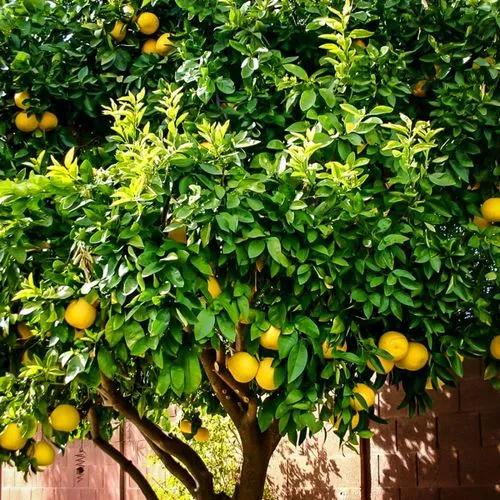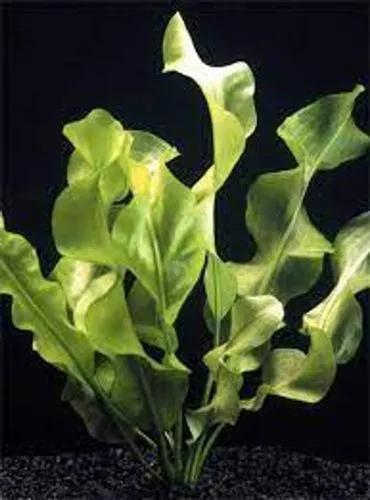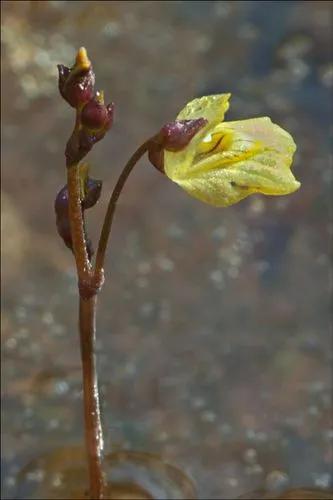Nelumbo nucifera is a PERENNIAL growing to 1 m (3ft 3in) by 1 m (3ft 3in).It is hardy to zone (UK) 5. It is in flower from July to August. The species is hermaphrodite (has both male and female organs) and is pollinated by Insects, beetles.Suitable for: light (sandy), medium (loamy) and heavy (clay) soils. Suitable pH: acid, neutral and basic (alkaline) soils. It cannot grow in the shade. It can grow in water.
Sacred Lotus Care
Nelumbo Nucifera



How to Care for the Plant

Water

It can grow in water.

Pruning

When pruning or trimming, never cut flower or leaf stems below the water level, as roots and tubers use stems (even dead ones) to help provide oxygen. When lowering lotus for winter, prune after lowering.

Fertilizer

Use a good aquatic plant fertilizer, either fast or slow release, and follow the instructions. Because lotus grows vigorously, use double the amount of fertilizer per gallon of soil that the label recommends for hardy waterlilies. In the spring, lotus will make floating leaves first, then standing leaves. It is best to begin fertilizing when the lotus is starting to make standing leaves, because it is hard to over-fertilize a fast growing lotus, but it is easy to over-fertilize them when they are just beginning to sprout. In the autumn, stop fertilizing so that lotus can exhaust the fertilizer in their pot in preparation for dormancy.

Sunlight

Lotus will handle some shade, especially in warmer climates, but to grow and bloom their best they prefer full sunlight. The main exception is in hot desert climates, where some shade cloth is desirable

Soil

Lotus are extremely adaptable to different water chemistries. However, if your water source has very hard and alkaline water full of minerals, growing lotus in above ground pots can result in a harmful accumulation of minerals in the water over time; when water evaporates, the minerals stay behind, and more are added each time water is added. To prevent this, it is important to occasionally flush out (over-fill) the pot with fresh water while re-filling to replace evaporation. This is less likely to be a problem in a larger pond, but occasional over-filling may still be beneficial. Lotus don’t tolerate much over 1000 ppm water hardness.

Temperature

Lotus require temperatures of at least 75 degrees F. for at least three months in summer to do well.

Container

Standard lotus cultivars can grow 5’ or taller. In order to do this, and to also maximize the size and frequency of bloom, they should be potted into a container a minimum of 2’ across. A container of 3’-5’ across will create a striking display specimen. While some people use plastic or ceramic pots on their deck or patio, others use bathtubs or small pre-formed ponds in the landscape, or create a header pond above the main pond, fill it with pea gravel and lotus, and use it as a beautiful plant filter for the main pond. If using lotus in the main pond, a container without holes, and much wider than it is high, is best. Use a good garden soil with a low organic content, either sandy or clay or anything between (a mix of clay and sand is ideal). Do not use a commercial house plant or garden mix, as the ingredients float. Only 4” of soil is required, leaving room for the soil to push upward as it is filled with runners and tubers. Aquatic containers for lotus are available that are about 2’ across and only 7”-10” deep.

Popularity

900 people already have this plant 139 people have added this plant to their wishlists
Discover more plants with the list below
Popular articles






